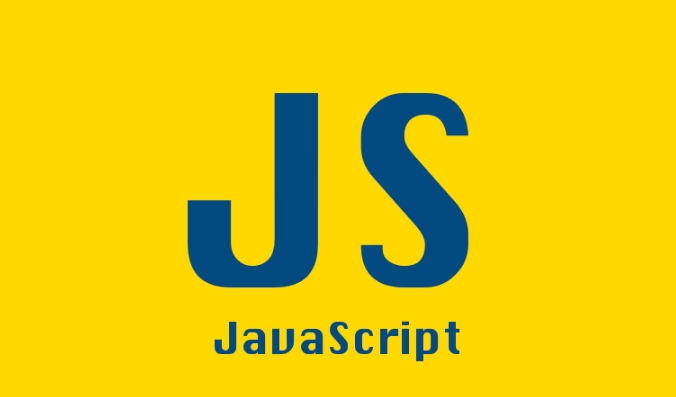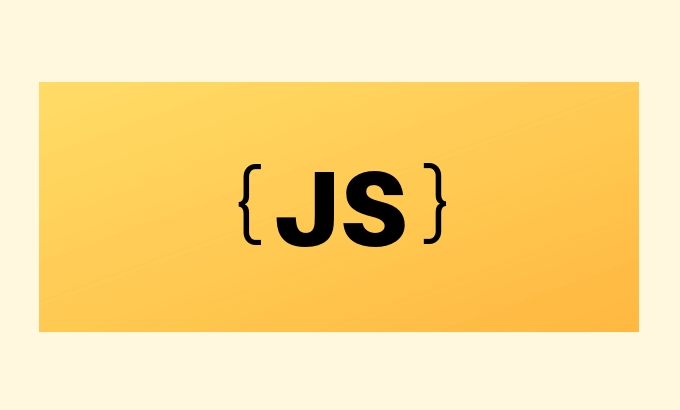Iterating Over Objects in JavaScript: Best Methods
Jul 09, 2025 am 01:55 AMTo loop through an object in JavaScript, use for...in with hasOwnProperty(), Object.keys/values/entries, or Reflect.ownKeys() depending on needs. 1. Use for...in to iterate over enumerable string properties, but always check with hasOwnProperty() to skip inherited properties. 2. Use Object.keys(), Object.values(), or Object.entries() to get arrays of keys, values, or key-value pairs, enabling array methods like .map() and .forEach(). 3. Use Reflect.ownKeys() when needing all keys including non-enumerable and symbol types, useful for debugging or meta-programming. These methods offer varying levels of control and specificity for different use cases.

When you need to loop through an object in JavaScript, there are several solid options available. None of them are overly complicated, but choosing the right one depends on what exactly you're trying to do — whether it's just accessing keys, values, or both.

Using for...in Loop
This is one of the most common ways to iterate over object properties. It loops through the enumerable string properties of an object, which includes those inherited through the prototype chain.
const user = {
name: 'Alice',
age: 25,
role: 'developer'
};
for (let key in user) {
console.log(key ': ' user[key]);
}Be aware though — if someone adds properties to the prototype of Object, your loop might pick those up too. To avoid that, always use hasOwnProperty():

- Check with
user.hasOwnProperty(key)before doing anything inside the loop.
Also note that the order isn't guaranteed for non-integer keys, so don’t rely on it unless you’re using ES2015 and only dealing with string keys.
Get Keys or Values with Object.keys, Object.values, Object.entries
If you want more control and cleaner syntax, these methods are modern and widely supported.

Object.keys(obj)returns an array of the object’s own enumerable keys.Object.values(obj)gives you an array of the values.Object.entries(obj)returns an array of[key, value]pairs.
They all let you use array methods like .map(), .forEach(), etc., which can be more convenient than a plain loop.
Object.entries(user).forEach(([key, value]) => {
console.log(`${key}: ${value}`);
});One thing to remember: these methods don’t include inherited properties. That’s usually a good thing unless you specifically need to go up the prototype chain.
Use Reflect.ownKeys() for More Control
If you ever need to get all keys of an object — including non-enumerable and symbol keys — this method has you covered.
const obj = {
regularKey: 'hello'
};
Object.defineProperty(obj, 'secret', {
value: 42,
enumerable: false
});
console.log(Reflect.ownKeys(obj)); // ["regularKey", "secret"]It doesn’t care about enumerability or type — it just lists everything directly on the object. You won’t use this every day, but it's useful when debugging or working with meta-programming.
That's basically it. For most everyday tasks, for...in with a hasOwnProperty check or Object.entries() should cover your needs. The others come in handy when you need something more specific or precise.
The above is the detailed content of Iterating Over Objects in JavaScript: Best Methods. For more information, please follow other related articles on the PHP Chinese website!

Hot AI Tools

Undress AI Tool
Undress images for free

Undresser.AI Undress
AI-powered app for creating realistic nude photos

AI Clothes Remover
Online AI tool for removing clothes from photos.

Clothoff.io
AI clothes remover

Video Face Swap
Swap faces in any video effortlessly with our completely free AI face swap tool!

Hot Article

Hot Tools

Notepad++7.3.1
Easy-to-use and free code editor

SublimeText3 Chinese version
Chinese version, very easy to use

Zend Studio 13.0.1
Powerful PHP integrated development environment

Dreamweaver CS6
Visual web development tools

SublimeText3 Mac version
God-level code editing software (SublimeText3)

Hot Topics
 JavaScript vs. Java: Which Language Should You Learn?
Jun 10, 2025 am 12:05 AM
JavaScript vs. Java: Which Language Should You Learn?
Jun 10, 2025 am 12:05 AM
JavaScriptisidealforwebdevelopment,whileJavasuitslarge-scaleapplicationsandAndroiddevelopment.1)JavaScriptexcelsincreatinginteractivewebexperiencesandfull-stackdevelopmentwithNode.js.2)Javaisrobustforenterprisesoftwareandbackendsystems,offeringstrong
 Which Comment Symbols to Use in JavaScript: A Clear Explanation
Jun 12, 2025 am 10:27 AM
Which Comment Symbols to Use in JavaScript: A Clear Explanation
Jun 12, 2025 am 10:27 AM
In JavaScript, choosing a single-line comment (//) or a multi-line comment (//) depends on the purpose and project requirements of the comment: 1. Use single-line comments for quick and inline interpretation; 2. Use multi-line comments for detailed documentation; 3. Maintain the consistency of the comment style; 4. Avoid over-annotation; 5. Ensure that the comments are updated synchronously with the code. Choosing the right annotation style can help improve the readability and maintainability of your code.
 The Ultimate Guide to JavaScript Comments: Enhance Code Clarity
Jun 11, 2025 am 12:04 AM
The Ultimate Guide to JavaScript Comments: Enhance Code Clarity
Jun 11, 2025 am 12:04 AM
Yes,JavaScriptcommentsarenecessaryandshouldbeusedeffectively.1)Theyguidedevelopersthroughcodelogicandintent,2)arevitalincomplexprojects,and3)shouldenhanceclaritywithoutclutteringthecode.
 Javascript Comments: short explanation
Jun 19, 2025 am 12:40 AM
Javascript Comments: short explanation
Jun 19, 2025 am 12:40 AM
JavaScriptcommentsareessentialformaintaining,reading,andguidingcodeexecution.1)Single-linecommentsareusedforquickexplanations.2)Multi-linecommentsexplaincomplexlogicorprovidedetaileddocumentation.3)Inlinecommentsclarifyspecificpartsofcode.Bestpractic
 Java vs. JavaScript: Clearing Up the Confusion
Jun 20, 2025 am 12:27 AM
Java vs. JavaScript: Clearing Up the Confusion
Jun 20, 2025 am 12:27 AM
Java and JavaScript are different programming languages, each suitable for different application scenarios. Java is used for large enterprise and mobile application development, while JavaScript is mainly used for web page development.
 Mastering JavaScript Comments: A Comprehensive Guide
Jun 14, 2025 am 12:11 AM
Mastering JavaScript Comments: A Comprehensive Guide
Jun 14, 2025 am 12:11 AM
CommentsarecrucialinJavaScriptformaintainingclarityandfosteringcollaboration.1)Theyhelpindebugging,onboarding,andunderstandingcodeevolution.2)Usesingle-linecommentsforquickexplanationsandmulti-linecommentsfordetaileddescriptions.3)Bestpracticesinclud
 JavaScript Data Types: A Deep Dive
Jun 13, 2025 am 12:10 AM
JavaScript Data Types: A Deep Dive
Jun 13, 2025 am 12:10 AM
JavaScripthasseveralprimitivedatatypes:Number,String,Boolean,Undefined,Null,Symbol,andBigInt,andnon-primitivetypeslikeObjectandArray.Understandingtheseiscrucialforwritingefficient,bug-freecode:1)Numberusesa64-bitformat,leadingtofloating-pointissuesli
 JavaScript: Exploring Data Types for Efficient Coding
Jun 20, 2025 am 12:46 AM
JavaScript: Exploring Data Types for Efficient Coding
Jun 20, 2025 am 12:46 AM
JavaScripthassevenfundamentaldatatypes:number,string,boolean,undefined,null,object,andsymbol.1)Numbersuseadouble-precisionformat,usefulforwidevaluerangesbutbecautiouswithfloating-pointarithmetic.2)Stringsareimmutable,useefficientconcatenationmethodsf






